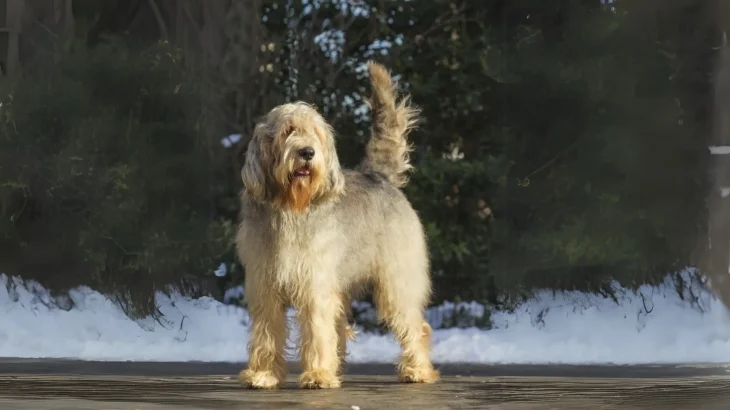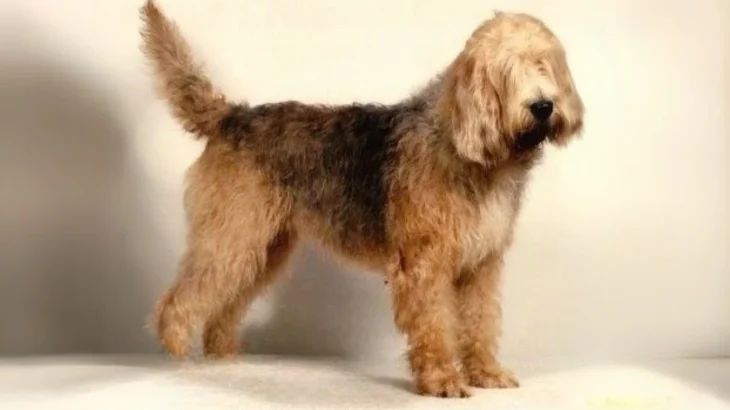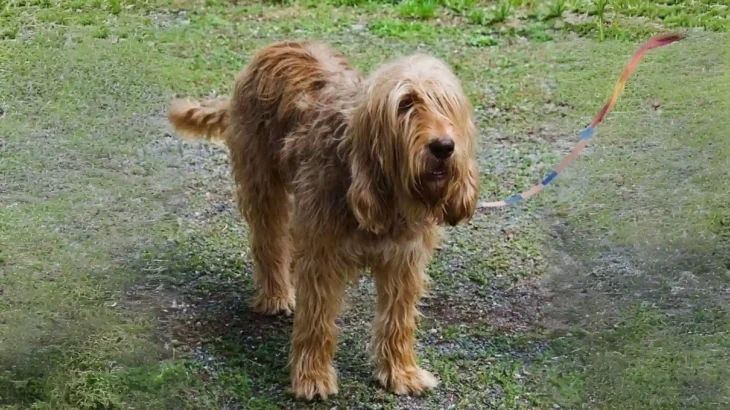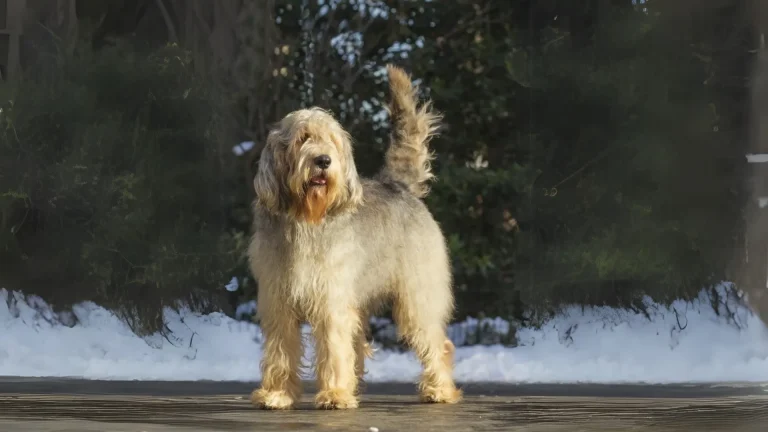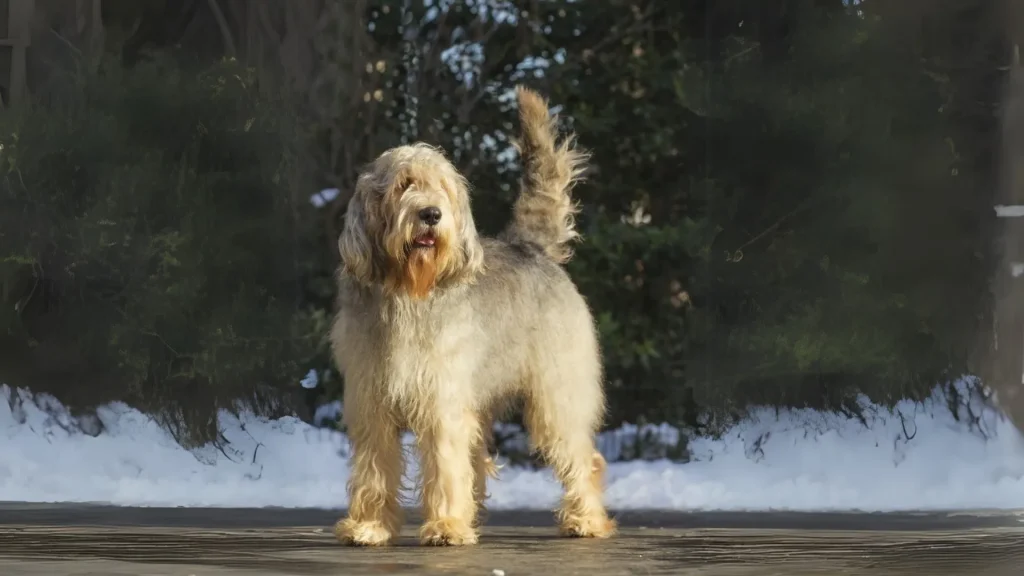Choosing between adopting or purchasing an Otterhound puppy depends largely on what you value most in your new companion. Buying from a breeder often guarantees detailed health history and breed pedigree, while adoption supports animal welfare and offers a chance to save a dog in need. Each route has its unique benefits and considerations worth weighing carefully.
Adoption vs. Breeder: Pros & Cons
| Criteria | Buying from Breeder | Adopting from Shelter/Rescue |
|---|---|---|
| Cost | Higher initial cost due to pedigree and health screening. | Lower fees, often includes vaccinations and spay/neuter. |
| Health History | Comprehensive health records and genetic testing available. | Health history may be unknown; basic health checks performed. |
| Age Availability | Mostly puppies, allowing early life bonding and training. | Variety of ages, including adults needing homes. |
| Temperament Insight | Breeder knowledge provides insight into lineage temperament. | Shelter staff share behavioral observations; full history may be lacking. |
| Supporting Practices | Supports responsible breeding programs focusing on health and traits. | Promotes animal welfare by providing homes to dogs in need. |
| Ethical Considerations | Requires vetting to avoid puppy mills; ethical breeders prioritize dogs' well-being. | Avoids supporting commercial breeding; helps reduce shelter populations. |

